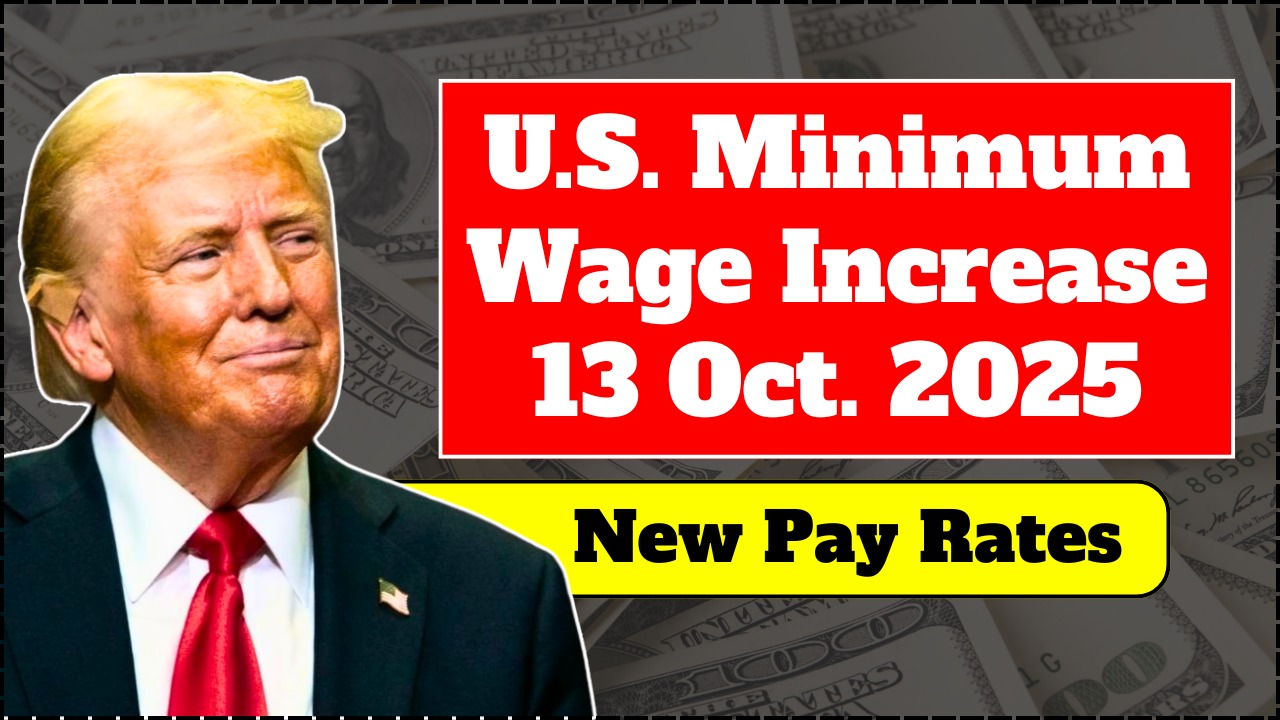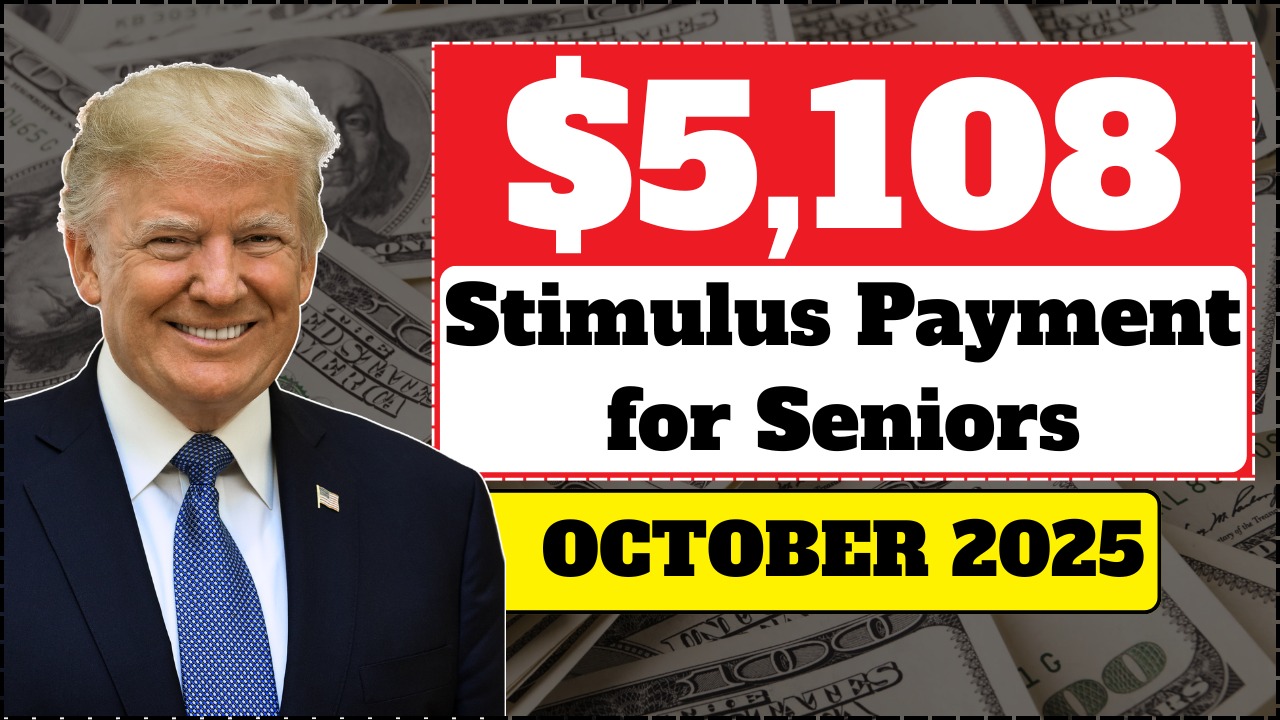Imagine discovering a penny in your pocket that could make you a millionaire! The Lincoln Wheat Penny, a rare U.S. coin still occasionally found in circulation, has collectors and casual coin enthusiasts buzzing. While most are worth only a few cents, some ultra-rare versions could be valued at millions, with rumors of a $100 million specimen capturing imaginations worldwide. Let’s explore why this coin is so special and how you might identify one yourself.
What Is the Lincoln Wheat Penny?
The Lincoln Wheat Penny was minted from 1909 to 1958. Its obverse features President Abraham Lincoln, and the reverse shows two wheat stalks, earning it the nickname “Wheat Penny.” While the majority of these coins are commonplace, a handful of rare variations—due to minting errors, low production, or unique marks—can fetch huge sums at auctions.
Overview
| Feature | Description |
|---|---|
| Year | Look for rare dates like 1909-S, 1914-D, or 1931-S. |
| Mint Mark | Small letters like “D” (Denver) or “S” (San Francisco) under the year. |
| Condition | Coins in excellent, uncirculated condition hold the highest value. |
| Errors | Mistakes like double stamps, missing letters, or misaligned designs. |
| Material | Some 1943 pennies were accidentally made of bronze instead of steel. |
The $100M Lincoln Wheat Penny
While no Lincoln Wheat Penny has officially sold for $100 million, some rare examples have fetched millions at auctions. Experts estimate that only a few coins could approach this value due to their extreme rarity and historical significance. For reference, some Wheat Pennies have sold for $2 million or more, and demand continues to rise among collectors.
Why Some Wheat Pennies Are Worth Millions
Several factors drive the value of a Wheat Penny:
- Rare Mint Marks: Tiny letters under the year indicate where the coin was minted (e.g., “D” for Denver, “S” for San Francisco).
- Errors: Coins with mistakes such as double stamping or missing letters, are highly collectible.
- Condition: Pristine coins with no wear are far more valuable.
- Limited Production: Certain years had smaller mintage numbers, making them scarcer and more desirable.
The 1943 Bronze Penny: The Ultimate Rarity
During World War II, pennies were made from steel to save copper for the war effort. A few 1943 bronze pennies were accidentally minted, making them extremely rare. These coins can be worth over $1 million, especially if the bronze color is intact. If you find a 1943 penny that isn’t silver-colored, it could be one of these ultra-rare examples.
How to Identify a Valuable Lincoln Wheat Penny
- Check Your Change: Look through coins from old piggy banks, jars, or inherited collections. Focus on pennies from 1909–1958.
- Inspect the Year and Mint Mark: Use a magnifying glass to see tiny letters under the year. Coins like 1909-S VDB or 1914-D are highly sought after.
- Look for Errors: Mistakes like double-stamped designs or missing letters can significantly boost value.
- Check the Material: For 1943 pennies, test with a magnet. If it doesn’t stick, it may be a rare bronze version.
- Get a Professional Appraisal: If you believe you’ve found a rare penny, consult a certified coin dealer to verify authenticity and value.
Why Collectors Love the Lincoln Wheat Penny
Beyond their monetary worth, these pennies are a piece of American history. Introduced in 1909 to celebrate Lincoln’s 100th birthday, they were the first U.S. coins to feature a real person. The wheat stalks symbolize America’s agricultural heritage, and collectors are drawn to both their historical and aesthetic value.
Tips for Protecting Your Valuable Penny
- Avoid Cleaning: Cleaning can decrease value. Leave the coin as is.
- Store Carefully: Use a protective holder or sleeve to prevent scratches.
- Insurance: For high-value coins, consider insuring them.
- Seek Expert Advice: Always get professional verification before selling or trading.
FAQs
Q1: Which years are the most valuable Lincoln Wheat Pennies?
A1: Key years include 1909-S VDB, 1914-D, and 1931-S.
Q2: How can I tell if a 1943 penny is bronze?
A2: Use a magnet; bronze pennies won’t stick, while steel ones will.
Q3: Should I clean a rare Lincoln Wheat Penny?
A3: No, cleaning can reduce its value. Always keep it in its original condition.





